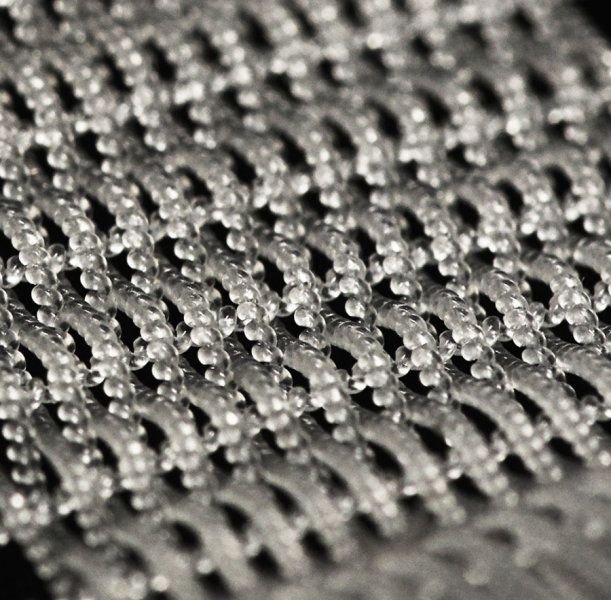Sep 27, 2016
Creating antimatter via lasers?
Posted by Shane Hinshaw in categories: particle physics, quantum physics
Now, intriguing calculations from a research team at the Institute of Applied Physics of the Russian Academy of Sciences (IAP RAS), and reported this week in Physics of Plasmas, from AIP Publishing, explain the production and dynamics of electrons and positrons from ultrahigh-intensity laser-matter interactions. In other words: They’ve calculated how to create matter and antimatter via lasers.
Strong electric fields cause electrons to undergo huge radiation losses because a significant amount of their energy is converted into gamma rays — high-energy photons, which are the particles that make up light. The high-energy photons produced by this process interact with the strong laser field and create electron-positron pairs. As a result, a new state of matter emerges: strongly interacting particles, optical fields, and gamma radiation, whose dynamics are governed by the interplay between classical physics phenomena and quantum processes.
A key concept behind the team’s work is based on the quantum electrodynamics (QED) prediction that “a strong electric field can, generally speaking, ‘boil the vacuum,’ which is full of ‘virtual particles,’ such as electron-positron pairs,” explained Igor Kostyukov of IAP RAS. “The field can convert these types of particles from a virtual state, in which the particles aren’t directly observable, to a real one.”


















